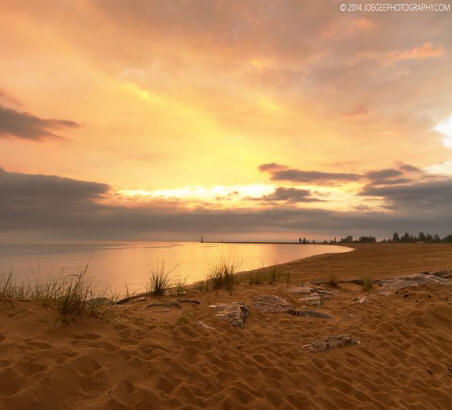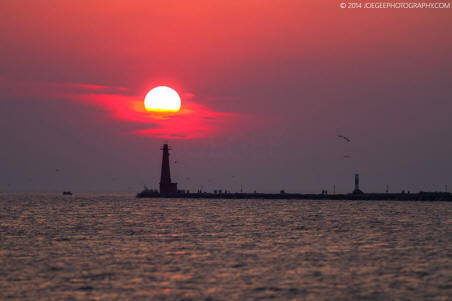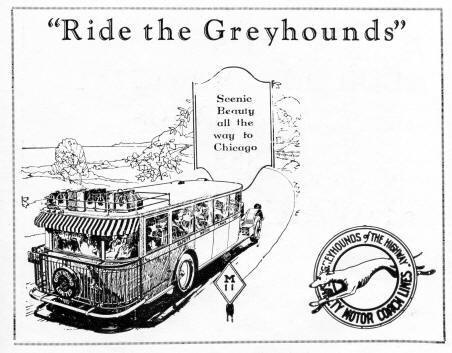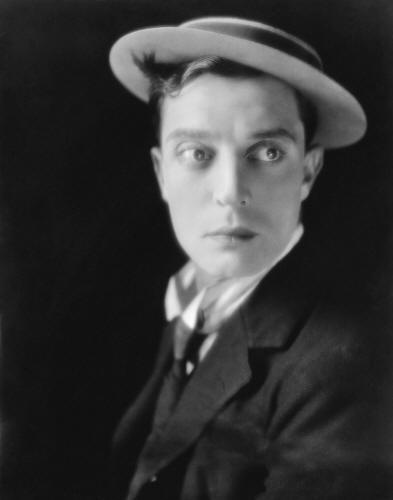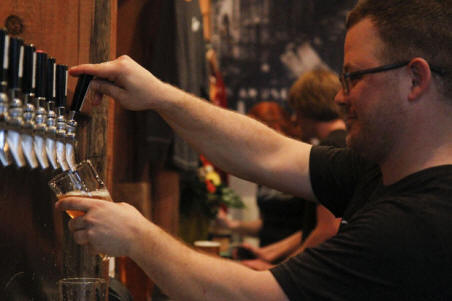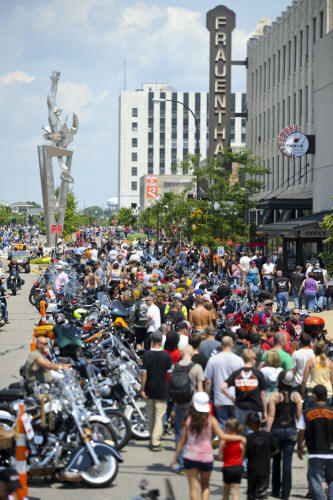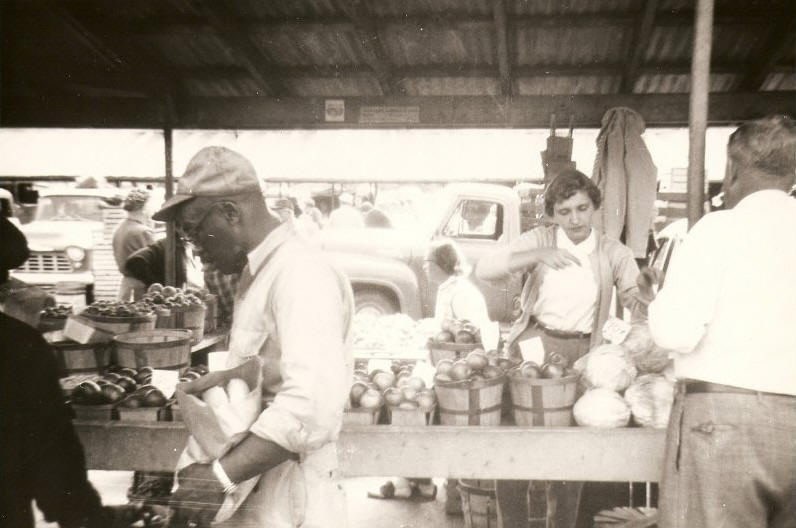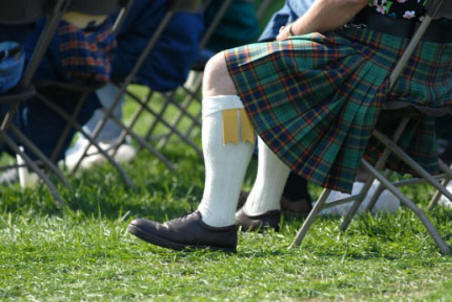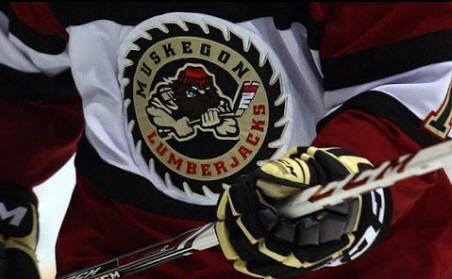 |
For 50 years, Muskegon had professional hockey.
Longtime members of the
International Hockey League, fans saw phenomenal
success and trying times on the ice of the L.C Walker Arena from
the fall of 1960 until the winter of 1992. Then ownership moved the
team to Cleveland. Over-expansion and greed would
ultimately kill that league, and eventually, professional hockey
along the lakeshore and in many smaller towns across America.
But it didn't end the sport at the old barn. Instead, hockey
in Muskegon has found new life in the juniors.
The Muskegon Lumberjacks celebrated their fifth season as members of
the United States
Hockey League in 2014-15. A developmental league aimed at helping
kids enhance their skills in preparation for play at the NCAA
and professional level, it has operated as an all-junior league
since the fall of 1979. Players range in age from 16 to 20.
Teams operate in Michigan, Ohio, Indiana, Illinois, Wisconsin,
Iowa, North and South Dakota and Nebraska.
For fans, it has been a change, as players move through the
league quickly. After all, for many, college is waiting. For a
few of the lucky ones there may even be a career beyond.
That dream has come true for 241 currently in the NHL, including
league alum,
Justin Abdelkader, a local kid playing for the Detroit Red
Wings.
We're still early in the game. Only time will tell if the modern
day edition of the Lumberjacks will add names to future NHL
rosters. While we wait for "remember when," the arena still
ranks among the finest in the midwest, and the beer is cold. And
on a frosty eve in the Midwest, there's nothing better than
Hockey Night in Hockeytown. |
| Source: USHLInteractive |
|


